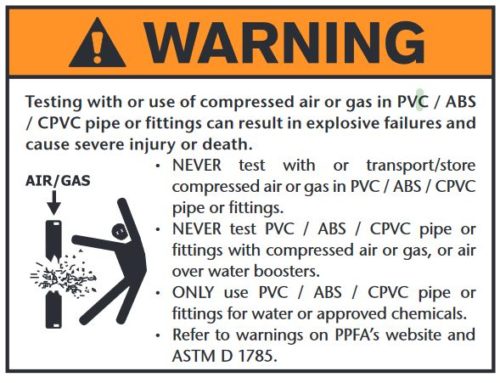Types of Pipes and Fittings for Compressed Air Systems
Understanding the Different Types of Pipes and Fittings for Compressed Air Systems
In any compressed air system, the choice of pipes and fittings plays a critical role in ensuring efficiency and reliability. These components serve as the backbone of your system, connecting all the essential elements together. Poorly designed or improperly installed piping can lead to significant energy losses and operational inefficiencies, which can ultimately affect the performance of your entire system.
When designing a compressed air system, several factors need to be considered, including the potential for obstructions, moisture buildup, and unnecessary bends or sharp angles in the piping. One of the most common mistakes is using undersized piping, which can restrict airflow and reduce system performance. Regular maintenance and proper installation are crucial to prevent these issues and ensure optimal system performance.
The quality of the pipes and fittings is paramount. Inferior components can lead to leaks, corrosion, and other problems that compromise the integrity of the system. Choosing the right materials and fittings is key to maintaining the longevity and efficiency of your compressed air setup.
Common Materials Used for Pipes in Compressed Air Systems
There are two primary categories of materials commonly used in compressed air systems:
- Plastic
- Metal
Plastic Pipes
Plastic pipes, such as acrylonitrile butadiene styrene (ABS), polyethylene (PE), and high-density polyethylene (HDPE), are becoming increasingly popular due to their resistance to corrosion. Unlike metal pipes, plastic pipes do not rust, reducing the risk of blockages and ensuring smooth airflow. Their smooth interior surfaces promote laminar flow, making them an excellent choice for compressed air systems.
However, it's important to note that not all plastics are suitable for compressed air applications. For instance, PVC is strongly discouraged due to its tendency to degrade over time and its potential to burst under pressure, posing serious safety risks. Always consult industry guidelines like those from OSHA before selecting materials.

Metal Pipes
While plastic pipes offer certain advantages, metal pipes remain the go-to option for many compressed air systems due to their durability and strength. Let’s explore some of the most commonly used metal pipes:
- Black Steel Pipe: Black steel pipes are robust and long-lasting. However, they require significant labor for installation due to their weight and susceptibility to corrosion. Threaded connections can also be prone to leaking over time.
- Galvanized Steel Pipe: Galvanized steel is resistant to corrosion, making it a popular choice. Nevertheless, the galvanized coating may flake off over time, potentially causing blockages in air streams.
- Copper Pipe: Copper pipes are corrosion-resistant, lightweight, and easy to work with. They can be joined using special fittings and tools, offering a smooth interior for optimal airflow. The wide range of available fittings makes copper a versatile option.
- Aluminum Pipe: Aluminum pipes are lightweight, corrosion-resistant, and easy to install. Their fittings are simple to assemble, making them a practical choice for many applications.
- Stainless Steel Pipe: Stainless steel pipes are highly durable and resistant to both internal and external corrosion. While they are heavier and more expensive than other options, their versatility and longevity make them a valuable investment for certain industries.
Fittings for Compressed Air Systems
Fittings play a vital role in connecting and securing the various components of a compressed air system. Push-in fittings, for example, allow for quick and tool-free connections and disconnections, saving valuable time during assembly. Our extensive selection of fittings includes:
- Bulkhead unions
- Male elbows
- Male swivel elbows
- Male connectors
- Female elbows
- Female connectors
- Unions
These fittings are available in materials such as nickel-plated brass, steel, and nylon-plated brass, offering flexibility based on application requirements. The ability to quickly connect and disconnect components makes these fittings indispensable in maintaining system efficiency. Additionally, their reusability ensures that you can adjust your system as needed without replacing entire sections of piping.
Conclusion
Choosing the right pipes and fittings for your compressed air system is essential for achieving peak performance and minimizing downtime. At Compressed Air Systems, we provide high-quality products, including pipes, fittings, and other essential components, to ensure your system operates at its best. Whether you’re looking to upgrade your current setup or need guidance on selecting the appropriate materials, our team is here to assist you every step of the way.
If you’d like to learn more about the different types of pipes and fittings available, or if you’re ready to take the next step in optimizing your compressed air system, feel free to contact us. We’re committed to helping you find the solutions that best meet your needs and ensure your system runs smoothly for years to come.
Telescoping Lip Dock Leveler,Telescopic Dock Leveler,Dock Lip,Telescopic Lip Dock Levellers
Porema (Suzhou) Logistics Machinery and Equipment Co., LTD , https://www.jsporema.com